When it comes to consuming THC, there are two main methods: eating it or inhaling it. While both methods deliver the psychoactive effects of THC, they have different effects on the user. In this article, we’ll explore the differences between edibles vs smoking THC, how your body metabolizes each method, and the advantages and disadvantages of each. By the end of this article, you’ll have a better understanding of which method works best for you.
Activating THC:
THC from most cannabis comes in its inactive or acid state, THCa. The process of converting it to its psychoactive form is known as decarboxylation. This process converts the THCa into THC with heat. While CBDa and THCa have medicinal properties on their own, they are considerably different than their psychoactive counterparts. For this reason, many users make sure to add an “activation” step when making edibles. The process is known as “decarbing” or “activating” THC. When smoking THC, this process happens naturally.
Eating THC:
When you consume THC, the cannabinoid and terpenes travel to different parts of your body depending on how you take it in. If smoked, cannabinoids and terpenes travel quickly from the lungs to the blood and brain. However, if you ingest THC, the path to your blood and brain becomes more difficult. Cannabis must first be absorbed by the stomach, carried through the liver, absorbed from the intestines, and delivered to the liver. Any cannabinoids transferred to your liver cells will be metabolized – this process is known as first-pass metabolism.
So when you eat THC, it takes longer to reach the brain than when you smoke it. The metabolites created by first-pass metabolism can also have different effects than the original cannabinoids. For example, the THC metabolites produced by first-pass metabolism are more psychoactive than THC. It is a big reason why eating cannabis can be a more intense experience than smoking it.
The Advantages of Eating THC:
One advantage of eating THC is that it produces a longer-lasting high than smoking. When you eat THC, it takes longer to take effect but lasts much longer than when smoking. This makes edibles a good option for people who want to experience a longer-lasting high. Edibles are also a discreet way to consume THC, as there is no smoke or smell associated with them.
The Disadvantages of Eating THC:
The disadvantage of eating THC is that it can take a while to take effect. Since the path to your blood and brain is more difficult when you eat THC, it can take anywhere from 30 minutes to 2 hours to take effect. This can lead to people taking more than they need, thinking that it isn’t working, only to experience an intense high later on.
Inhaling THC:
In contrast, smoking THC takes effect almost immediately – usually within a few minutes. However, smoking THC also tends to wear off much faster – often in as little as 2-4 hours. So if you’re looking for a longer-lasting high, smoking is not the best method.
THC is rapidly absorbed via the lungs when inhaled, with peak levels reached within 6 to 10 minutes and distributed throughout the brain and other organs. The bioavailability of inhaled THC is 10% to 35%. The majority of THC is eliminated or metabolized by the liver after absorption. The remaining THC and its metabolites circulate in the bloodstream.
The Advantages of Inhaling THC:
Inhaling THC offers some advantages over eating it. One of the main advantages is the quick onset of effects. As mentioned earlier, smoking THC takes effect almost immediately – usually within a few minutes. This can be particularly beneficial for people who need fast relief from symptoms like pain, anxiety, or nausea.
In addition, inhaling THC allows for better control over dosage. When smoking or vaporizing, users can easily titrate the dose by taking smaller or larger puffs. This is not as easy to do with edibles, which can be more difficult to dose accurately.
Another advantage of inhaling THC is that the effects tend to wear off more quickly than with edibles. This can be beneficial for people who don’t want to feel the effects of THC for an extended period of time.
Overall, the advantages of inhaling THC make it a popular method of consumption among many cannabis users. However, it’s important to note that inhaling smoke can have negative effects on the lungs and respiratory system. This is why many people choose to vaporize or use other smoke-free methods of inhalation, such as using a dry herb vaporizer or a THC-infused cartridge with a vape pen.
In conclusion, consuming THC can be done in a variety of ways, but the two most common methods are eating it and inhaling it. Each method has its advantages and disadvantages, and it ultimately comes down to personal preference.
Eating THC can provide a longer-lasting high and can be more intense than smoking it. However, it takes longer to take effect and is metabolized differently in the liver, producing more psychoactive metabolites than the original cannabinoids. On the other hand, inhaling THC takes effect almost immediately and wears off faster. The bioavailability of inhaled THC is also higher than when eaten, meaning more of the active compound reaches the bloodstream. This makes smoking a preferred method for those who want quick relief.
Ultimately, the choice of how to consume THC depends on your preferences and situation. It’s important to consider the effects of both methods and experiment with different products to determine what works best for you. By making an informed decision, you can ensure that you get the desired effects from THC without any unwanted side effects.
